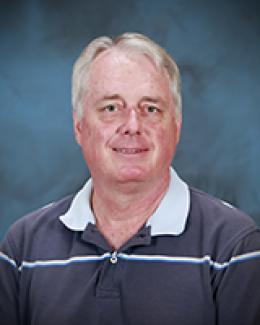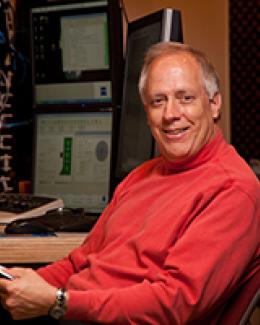Abstract
Helium bubble formation was examined by scanning/transmission electron microscopy (S/TEM) in Fe-9/10Cr binary alloys and two dispersion strengthened nanostructured alloys (CNA3 and 14YWT containing 5–10 nm diameter carbide and oxide particles, respectively) after ex-situ and in-situ He implantation to ~10,000 appm at 500 to 900 °C. The combination of high-resolution STEM images and electron energy loss spectroscopy (EELS) revealed that the Y-Ti-O nanoparticles in 14YWT were uniformly distributed and exhibited a one-to-one relationship for bubble attachment to the nanoclusters. In the in-situ experiment at 900 °C, grain boundary cracking was severe in the Fe-10Cr model alloy, but not in the nanostructured alloys. From 500 to 900 °C, the bubble size generally increased with increasing irradiation temperature, while the bubble density decreased with increasing temperature. At the same temperatures, the bubble size in the implanted materials was in the order of Fe-9/10Cr > CNA3 > 14YWT, while the bubble density showed the opposite order. The observed bubble number densities for the nanostructured alloys are comparable to the nanoparticle density, suggesting that the nanoparticles in both alloys were effective in trapping He. Our results indicate that very high He concentrations can be managed in nanostructured alloys by sequestering the helium into smaller bubbles (which leads to a lower volume swelling value) and to shield He from the grain boundaries. This can be attributed to the much higher sink strength associated with the nanoclusters or the He trapping ability between different types of nanoclusters.



